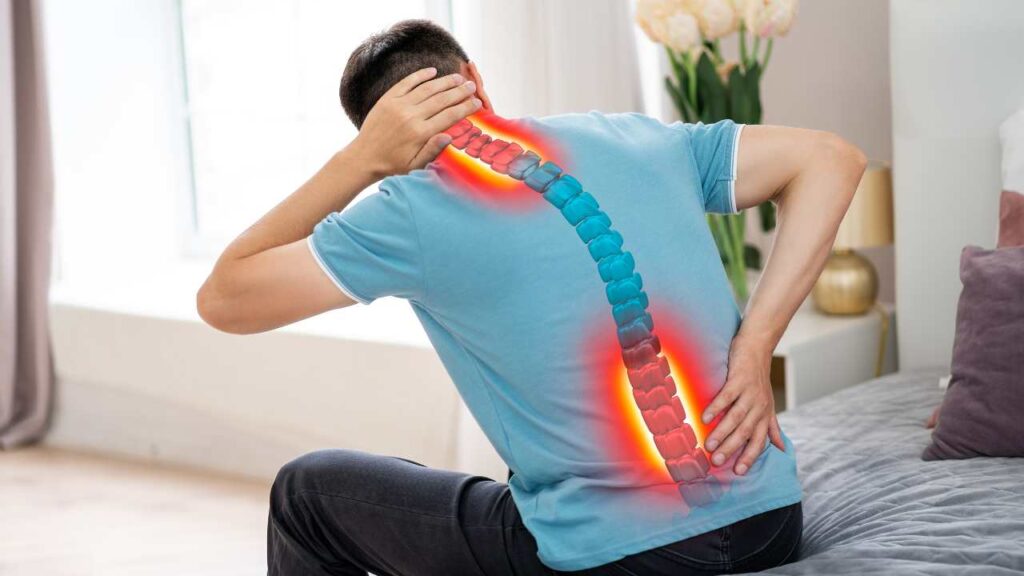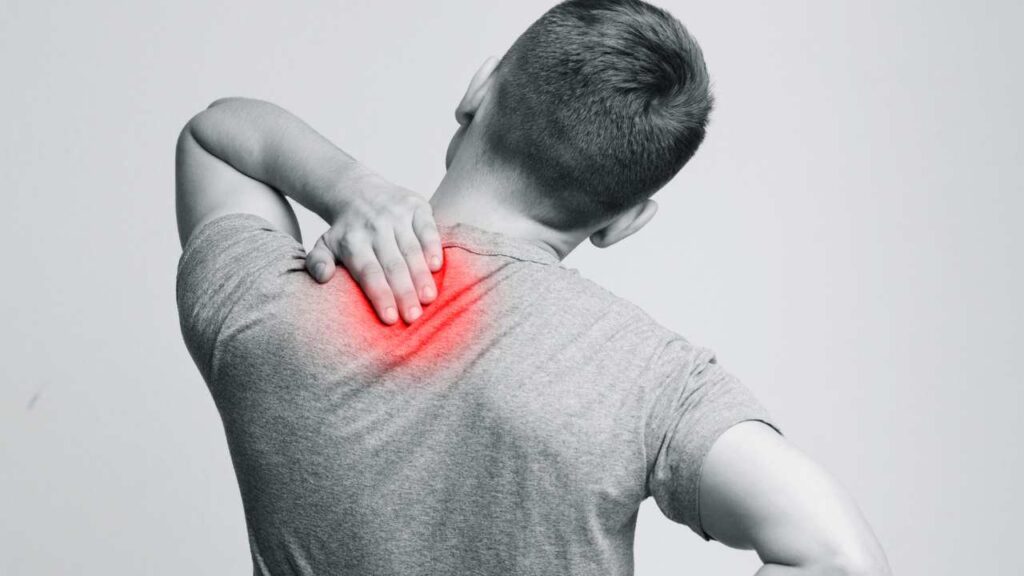Lower back pain is a widespread issue that affects people of all ages and backgrounds. Whether it’s a dull ache, a sharp pain, or a persistent discomfort, lower back pain can significantly impact one’s daily life. In this comprehensive guide, we will explore the various causes, symptoms, preventive measures, and effective treatments for lower back pain.
I. Anatomy of the Lower Back:
To comprehend lower back pain, it’s essential to understand the anatomy of the lower back. The lumbar spine consists of five vertebrae, discs, muscles, ligaments, and nerves. Any disruption or damage to these structures can lead to lower back pain.
II. Common Causes of Lower Back Pain:
- Muscle Strain and Sprains:
- Explanation: Overexertion, lifting heavy objects, or sudden movements can lead to muscle strain or sprains in the lower back.
- Prevention: Proper lifting techniques, regular exercise, and maintaining a healthy weight can help prevent muscle-related back pain.
- Herniated Discs:
- Explanation: The discs between the vertebrae can rupture or bulge, causing pressure on nearby nerves and resulting in pain.
- Treatment: Physical therapy, pain management, and in some cases, surgery may be recommended.
- Spinal Stenosis:
- Explanation: Narrowing of the spinal canal can put pressure on the nerves, causing lower back pain.
- Management: Physical therapy, medications, and in severe cases, surgical intervention may be necessary.
- Osteoarthritis:
- Explanation: Wear and tear of the spinal joints can lead to arthritis, causing pain and stiffness in the lower back.
- Relief: Medications, exercise, and lifestyle modifications can help manage osteoarthritis-related lower back pain.

- Sciatica:
- Explanation: Compression or irritation of the sciatic nerve can result in radiating pain from the lower back to the legs.
- Treatment: Physical therapy, medications, and in some cases, surgery may be recommended to alleviate sciatic pain.
III. Symptoms and Diagnosis:
Identifying the specific symptoms and seeking a proper diagnosis are crucial steps in addressing lower back pain. Symptoms may include localized pain, radiating pain, muscle spasms, and limited mobility. Diagnosis often involves a combination of medical history, physical examination, and diagnostic imaging.
IV. Prevention Strategies:
Preventing lower back pain involves adopting healthy lifestyle habits and making informed choices. Strategies include maintaining a healthy weight, exercising regularly to strengthen core muscles, practicing good posture, and using proper body mechanics during daily activities.
V. Treatment Options:
- Physical Therapy:
- Strengthening exercises, stretches, and manual therapy can help improve mobility and reduce pain.
- Medications:
- Nonsteroidal anti-inflammatory drugs (NSAIDs), muscle relaxants, and pain relievers may be prescribed for pain management.
- Injections:
- Corticosteroid injections can provide temporary relief for inflammation and pain.
- Surgery:
- Surgical intervention may be considered for severe cases or when conservative treatments are ineffective.
VI. Lifestyle Modifications:
Adopting lifestyle changes can contribute to long-term relief from lower back pain. This includes maintaining a healthy diet, staying physically active, managing stress, and getting adequate sleep.

Conclusion:
Lower back pain is a common ailment, but with the right knowledge and proactive measures, it can be managed effectively. Understanding the causes, symptoms, and available treatments empowers individuals to make informed decisions about their health and well-being. If you are experiencing persistent lower back pain, consult with a healthcare professional for a personalized assessment and treatment plan tailored to your specific needs. or worsens, it is essential to consult with a healthcare provider for a thorough evaluation and appropriate treatment.
